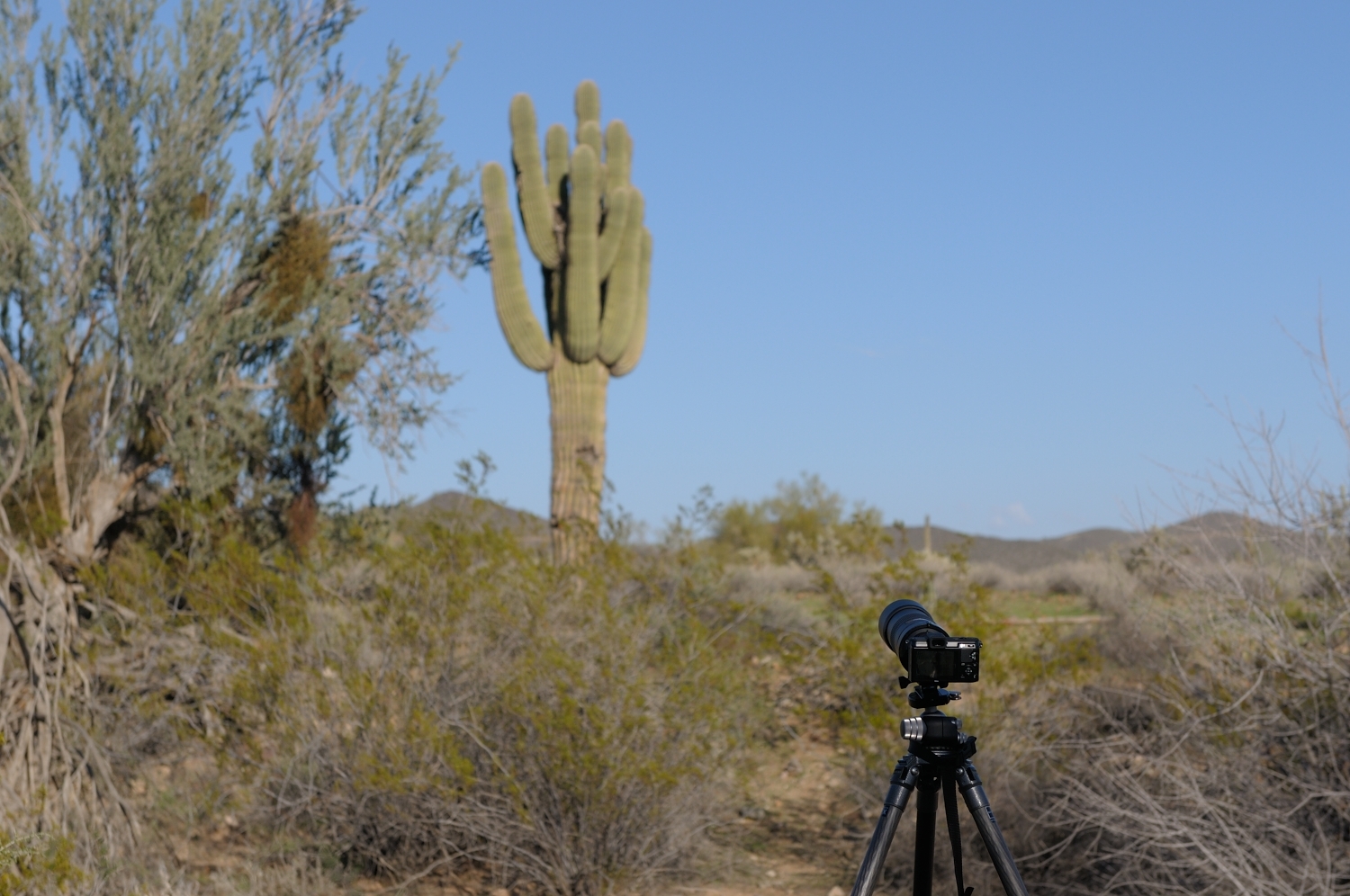Penn_Wildlife
Member
- Messages
- 27
- Reaction score
- 20
Hi! I have enjoyed photography for many years, and have gotten more serious over time. I usually concentrate on landscape and travel, but a few recent trips have given me the bug for animal photography. I love being in the wilderness, and I love photography, so why not mix the two? I also have extensive hunting experience, particularly in archery, so I know how to be silent, move quietly, stalk game, and get in close.
To further this goal of animal photography (particularly birds), I got a Sony a7iii and the 200-600mm G OSS lens. Based on field experience, it seems that most of these "pin sharp" photos of small birds, with every feather in full glorious detail, grains of sand on the beak, and what-not, seem to have been taken from 8 feet away.
Even with this lens at 600mm, and even if using APS-C mode (900mm effective FOV), a small bird 30 feet away is basically 1% of the frame, so there goes the detail.
I see these YouTube videos where people are using contrived perches, feeders, and so on. That doesn't interest me. I'm much more of a naturalist, so I plan to use hunting skills to get close to the animals. Larger game such as whitetail deer look fine. So do larger birds like herons and cranes, due to the scale of the animal, even from across a pond or in the air.
However, my photos of warblers, etc., leave a lot to be desired, as I have noted above. Even with a good focus and a tripod and 1/1000th or faster shutter, if the bird is 30 feet away, it's no use.
What's the story with these "amazing" bird photos of tiny birds? Are they all taken from 8 feet away, or what?
Thanks!
To further this goal of animal photography (particularly birds), I got a Sony a7iii and the 200-600mm G OSS lens. Based on field experience, it seems that most of these "pin sharp" photos of small birds, with every feather in full glorious detail, grains of sand on the beak, and what-not, seem to have been taken from 8 feet away.
Even with this lens at 600mm, and even if using APS-C mode (900mm effective FOV), a small bird 30 feet away is basically 1% of the frame, so there goes the detail.
I see these YouTube videos where people are using contrived perches, feeders, and so on. That doesn't interest me. I'm much more of a naturalist, so I plan to use hunting skills to get close to the animals. Larger game such as whitetail deer look fine. So do larger birds like herons and cranes, due to the scale of the animal, even from across a pond or in the air.
However, my photos of warblers, etc., leave a lot to be desired, as I have noted above. Even with a good focus and a tripod and 1/1000th or faster shutter, if the bird is 30 feet away, it's no use.
What's the story with these "amazing" bird photos of tiny birds? Are they all taken from 8 feet away, or what?
Thanks!









